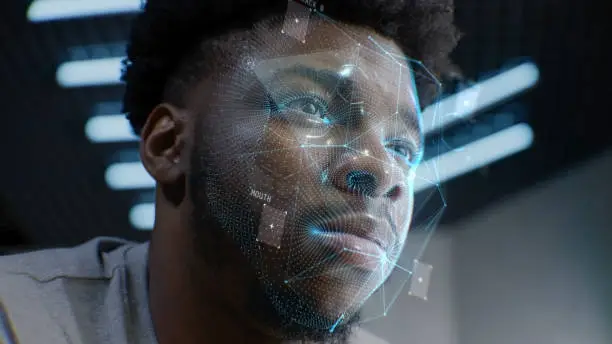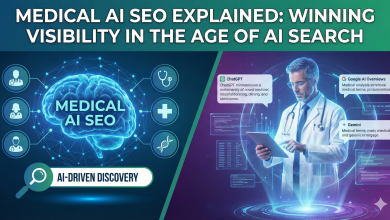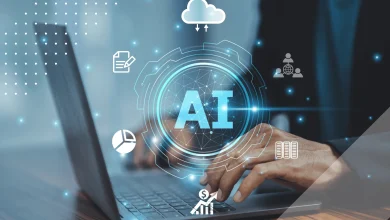
It was a new style, features and demand in the growing trend of digital content/channel creation. Something that is faster, more realistic, and creative. Whether you’re a lone YouTuber, a TikTok creator or a marketing agency making the next viral campaign, artificial intelligence (AI) has been your silent co-pilot — doing hours or even days of complex editing for you. With machine learning, today’s creators can come up with immersive, dynamic and engaging content in just a few clicks, from Face Swap technologies to Lip Sync AI.
The Rise of AI and the Democratization of Content Creation
Video and photo editing were traditionally powerful software, powerful machines, and years of experience. Now these capabilities are within reach of everyone thanks to AI-powered tools. Platforms such as Runway ML, Adobe Firefly and D-ID are unlocking new creative possibilities, allowing creators to generate studio-grade visuals without advanced tech smarts.
These platforms employ deep-learning models that process massive datasets — facial features, voice intonation, lighting conditions — and then apply realistic effects that were once the domain of manual tinkering. What used to take full days of rotoscoping or lip-sync adjustments is handled by AI in seconds now.
The Rise of Face Swap Technology
Among the most transformative innovations in this space is Face Swap technology. It allows users to replace a person’s face in a photo or video with another face—often seamlessly. Originally popularized by deepfakes, this tech has matured into a tool used for comedy sketches, movie remastering, advertising, and even privacy protection.
For content creators, Face Swap unlocks a new level of flexibility. Actors can be substituted without costly re-shoots, historical figures can be reimagined for educational content, and personalized avatars can be generated for interactive media. Companies like Reface and Zao have taken Face Swap mainstream, giving users an intuitive way to play with identity and storytelling.
However, ethical use is crucial. Misinformation, consent, and copyright concerns must be handled carefully. Most reputable platforms now include watermarking or user verification features to discourage misuse.
Lip Sync AI: Giving Voice to Creativity
If Face Swap alters how we look in media, Lip Sync AI changes how we sound—visually. This tech relies on generative models to ensure that a subject’s mouth movements match said spoken dialogue, no matter if the video is silent or if the spoken audio is in a different language. This will have massive ramifications for dubbing, accessibility and content distribution worldwide.
Let’s say that you’re creating an explainer video in English but would also like to cater to the Spanish-speaking crowd. Lip Sync AI can automatically create a Spanish version of your video, altering the mouth of the speaker so it matches the new voiceover. The result is smoother and far more engaging than traditional dubbing.
It’s also become a game-changer for marketers and educators. Personalized video messages, language-learning tools, and realistic animations can now be scaled without needing actors to record multiple takes.
Real-Time AI Tools in Video Editing
Beyond swapping faces or syncing lips, AI has also seeped into every other corner of video editing:
- Automated color grading: Tools like ColorLab.ai analyze your footage and apply professional-grade color presets based on tone, lighting, and emotion.
- Scene detection: AI identifies cuts, transitions, and key moments, helping editors quickly build highlight reels or trailers.
- Text-to-video generation: Platforms like Pictory and Lumen5 can transform blog posts or scripts into animated videos, perfect for social media marketing.
These innovations not only save time but also inspire new types of storytelling. Creators no longer need to be experts in every stage of production—they just need the vision, and AI can help them execute.
What the Future Holds
We’re only scratching the surface of AI’s potential in digital creation. With models like Sora from OpenAI and Google’s VideoPoet pushing boundaries in generative video, it’s likely that in the near future, entire short films could be created with just text prompts.
Still, human creativity remains irreplaceable. AI is a powerful assistant—not a replacement—for content creators. It can take care of the heavy lifting, but the heart of every great piece of content lies in its message, emotion, and originality—qualities that only a human can fully deliver.
Conclusion
Artificial Intelligence, with capabilities ranging from Face Swap components which stimulate creativity to Lip Sync AI which neutralizes language limitations, is revolutionizing the fundamentals of content production, editing, and delivery. As these tools grow sharper and more widely available, digital creators will find new opportunities to scale their ideas and reach new audiences; and tell deeper, better stories than ever before.
So, whether you’re filming the next viral TikTok, conducting online classes, or building a creative agency, adopting AI is not a trend, it’s our future.



